Written by Kimmo Silvonen 15.8.2011. N.B.: The figures pertaining to this article are available at the image gallery about the early stages, see below. We don't have photos of the egg and first instar larva, yet.
Egg
According to Krogerus, the egg is similar to the other Arctiidae: greenish, smooth, nearly spherical.
1st instar larva
The first instar larva is also quite similar to many other Arctiidae: uniform light greenish colouration with no conspicuous markings.
2nd instar
The second instar larva is shown elsewhere in the blog [photo taken 22.7.2011]. Note the differing colouration of the first abdominal segments (the middle part of the body), which is nearly equal in instars 2-5.
3rd instar
The third instar is according to Krogerus quite similar to the second one. Typical are the colour differences at both ends of the body when compared to the middle sections. This might give a cryptic appearance in a suitable background, like moss.
4th instar
See figures in gallery Bm4a and Bm4b.
Krogerus mentions minor differences between the fourth instar and the two preceding stages. The photo shot on 30.7.2011 illustrates the larvae mostly in the same stage of development as we received them on August the 1st. Most larvae in the picture are in the fourth instar that is nearly similar to the second and third instars. The black warts form an appearance of dark subdorsal bands, but the bands are not continuous on the body surface. The fourth instar larva is 15 mm long when fully grown. The five larvae put in a constant temperature of +15 degrees centigrade in a wine cabinet on August the 1st slowed down their development significantly.
The first hibernation was anyhow completely skipped in our artificial rearing. We hope to be able to repeat the rearing of the young caterpillars in more natural conditions next year to find out, which one(s) are the first overwintering stage(s). For Arctia caja and A. villica it is the fourth, for Pericallia matronula the fifth instar (see Friedrich); this might well be the fourth last instar in all of these cases. Acerbia alpina may probably overwinter the first time in various larval instars. This and matronula hibernate twice similar to menetriesii (most probably), but caja and villica overwinter only once in nature.
5th instar
At least one of the larvae in the fore mentioned picture is in the fifth instar that is recognized by the continuous gray subdorsal bands. When we received the larvae, some of them were already in this stage and the others moulted soon thereafter in the early August. Note however that the development is much more rapid in our artificial conditions than in nature; this is mainly because of the higher temperature and the relation between the larval instar and day-length. The fifth instar grows only moderately, being about 20 mm before moulting. We can confirm these 15 and 20 mm lengths reported by Krogerus.
The penultimate 6th instar
The sixth instar was reached on 6.8. onwards. It differs from the preceding phases a lot. Now the colouration is quite uniform from head to tail. The ground colour is darker orange brown and the longitudinal subdorsal bands are still conspicious. The dorsal hairs are blackish while the hairs on the sides are lighter brownish; this difference is not so easy to see, because the hairs are rather thin and not very dense. In a side view, it can be seen that the hairs are longer towards the rear end - a typical phenomenon for larger larvae of Arctiidae. The sixth instar will get 38 mm long according to Krogerus. My larvae at this phase are a little shorter, slightly less than 35 mm; the length is of course dependent on the posture and movements of the larva. It is interesting to note that exactly at this point, the colouration of the larva resembles that of the adult moth a lot. Moreover, this penultimate instar seems to appear in nature at approximately the same time of year as the adult moth in the following summer. Is this a clue to its habitat? Are we able to imagine anything that would completely fit this pattern. Of course Ledum palustre is one possibility, but a few facts keep fighting against this hypothesis. Comments are welcome!
The final 7th instar
The first larva reached the final seventh instar today on 15.8. The colour of the whole larva is blackish now. The warts are whitish; remnants of the yellow colour of the earlier stages are seen only in the middorsal line, a little on the sides, and partly on the prolegs. The dark ground colour is possibly related to thermoregulation of the larva or the choice of the overwintering place; a Picea/Larix trunk or whatever it is, remains to be seen. The larva should continue growing to reach about 50-53 mm of length. P. matronula is reported to have eight larval instars, A. alpina 7, and Spilosoma lubricipedum from six to seven. P. matronula and A.alpina overwinter the second time in the final instar, not taking any food except possibly water after the second winter. Krogerus describes the same strategy with menetriesii.
Conclusion
We have done some experimenting with the rearing food plants and possible host plants in the nature. It is quite surprising that Vaccinium myrtillus or bog plants are usually not very well accepted, although we do have differing experiences concerning V. uliginosum and Rubus chamaemorus. The situation may of course be different, when we'll start from the scratch at another time and use younger plant specimens. Some plants that seem to work very well in the rearing include Taraxacum spp., Plantago major, Rumex crispus, and fresh shoots of Salix phylicifolia. The larvae are so lazy climbers even by night that they probably have to accept ground level food in nature. Anyway, they seem to be little more active in dark. At this point we are not able to present much new information, but we have at least confirmed the findings of Krogerus and the menetriesii's similarity in behaviour with other larger Arctiidae larvae.
4 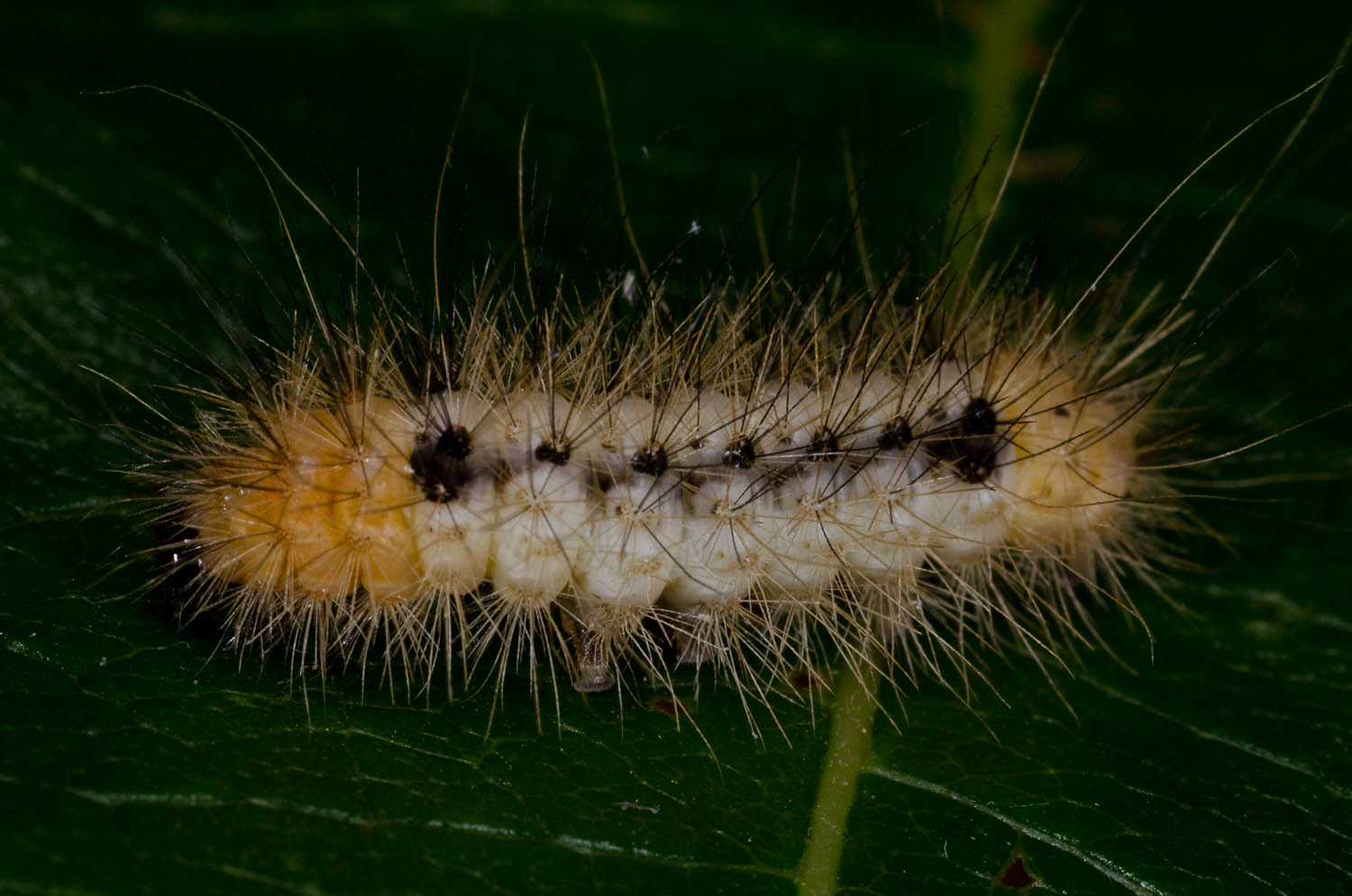
 5
5 
 6
6 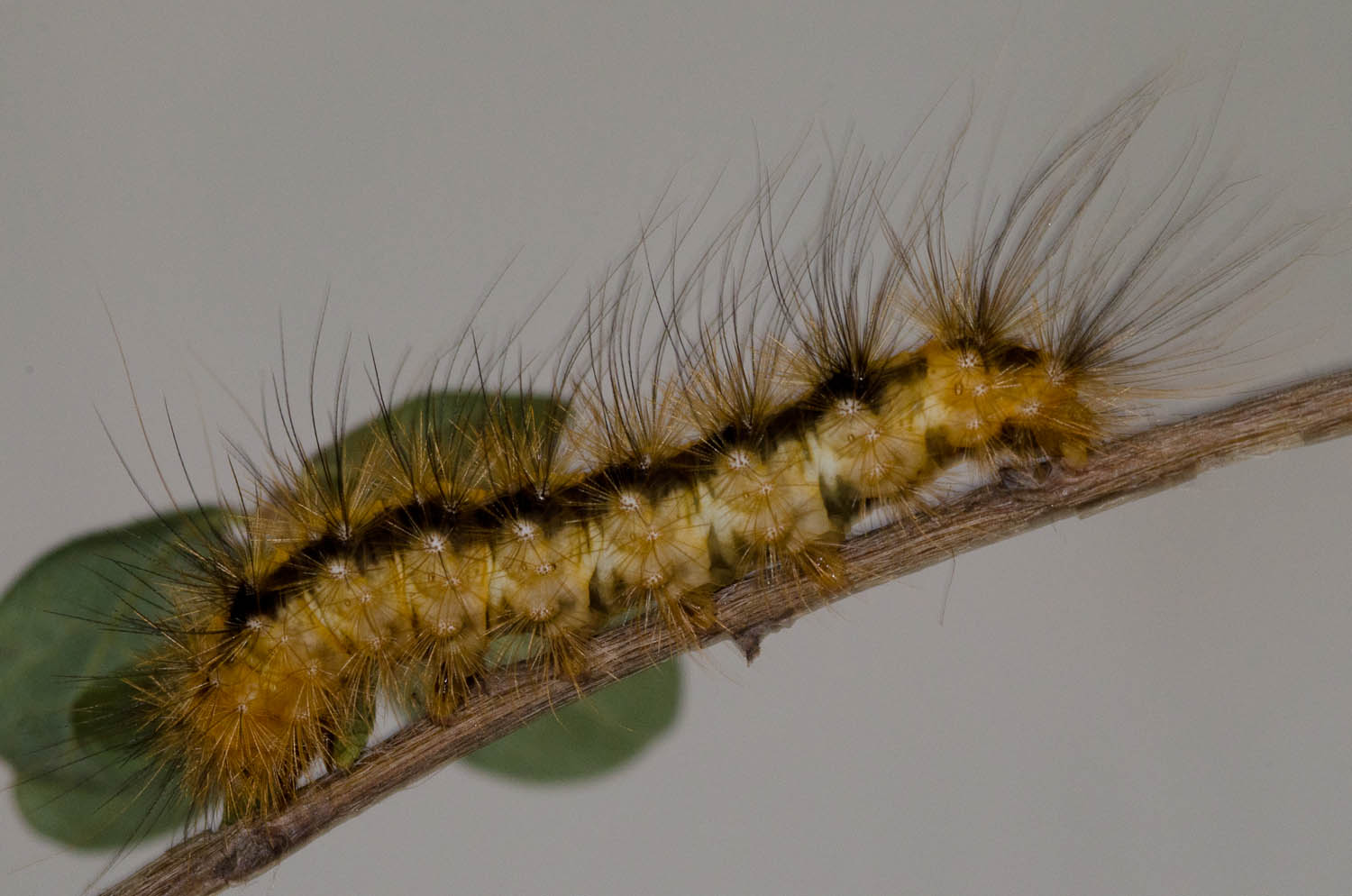
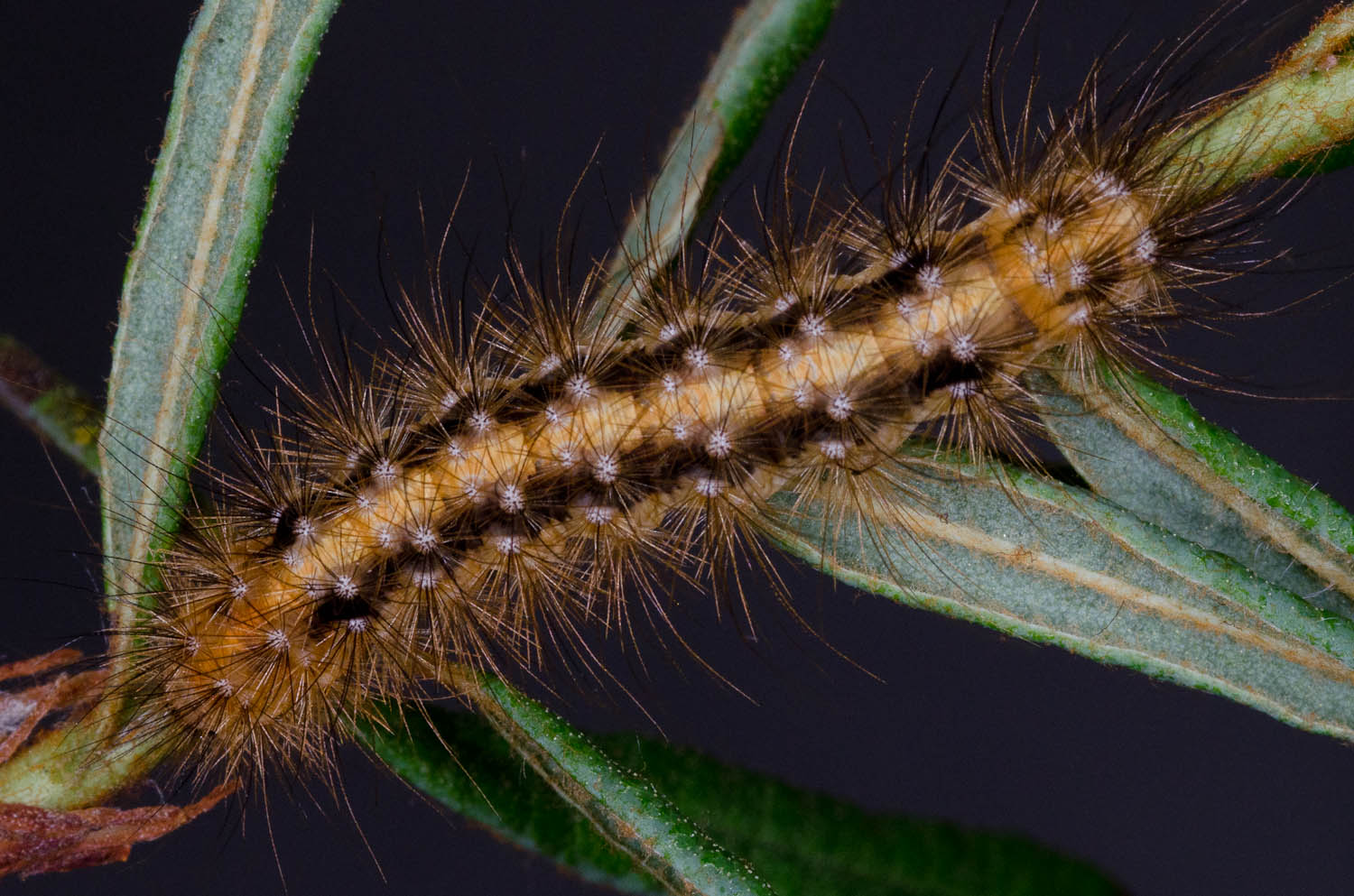 7
7 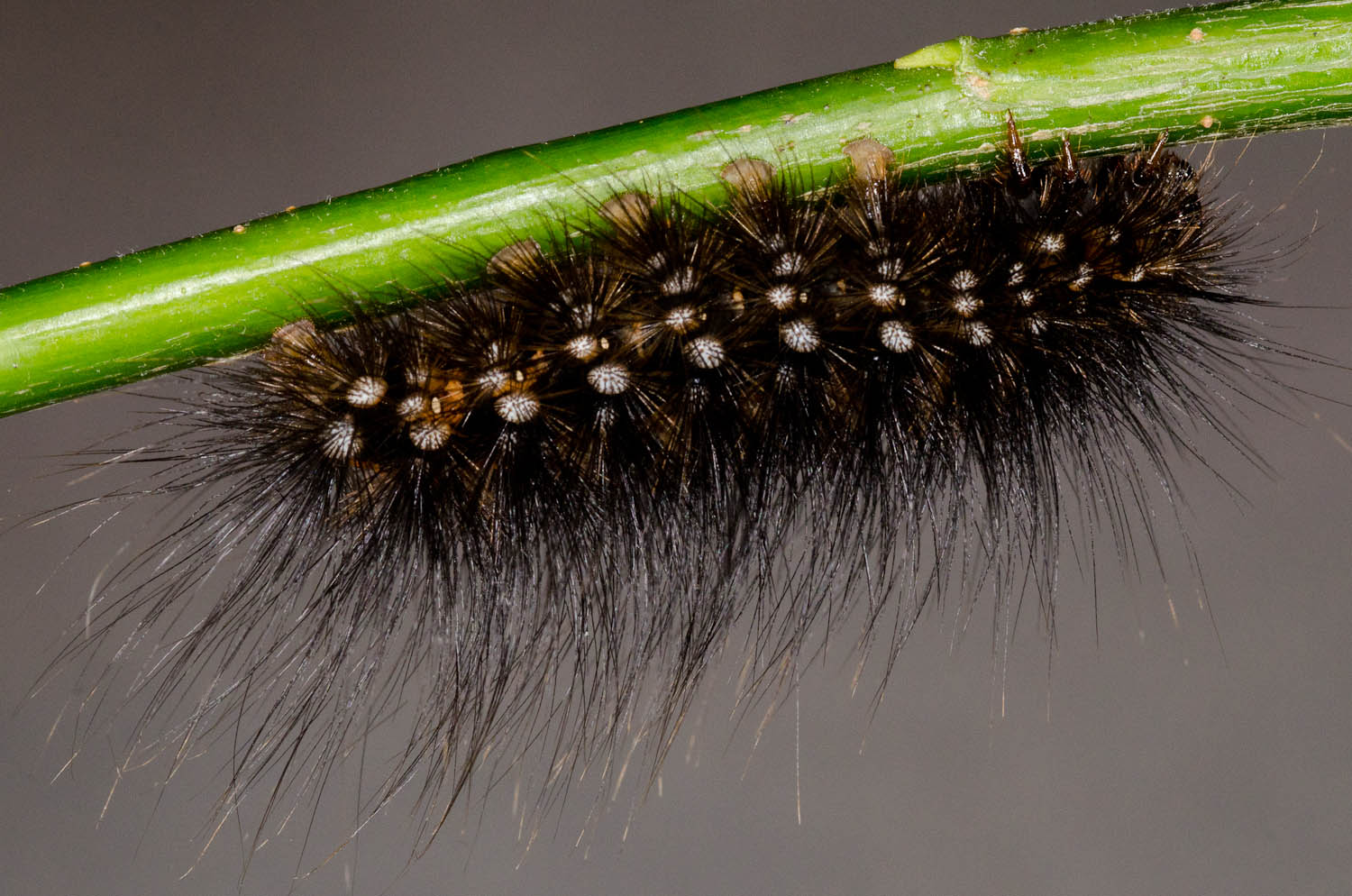
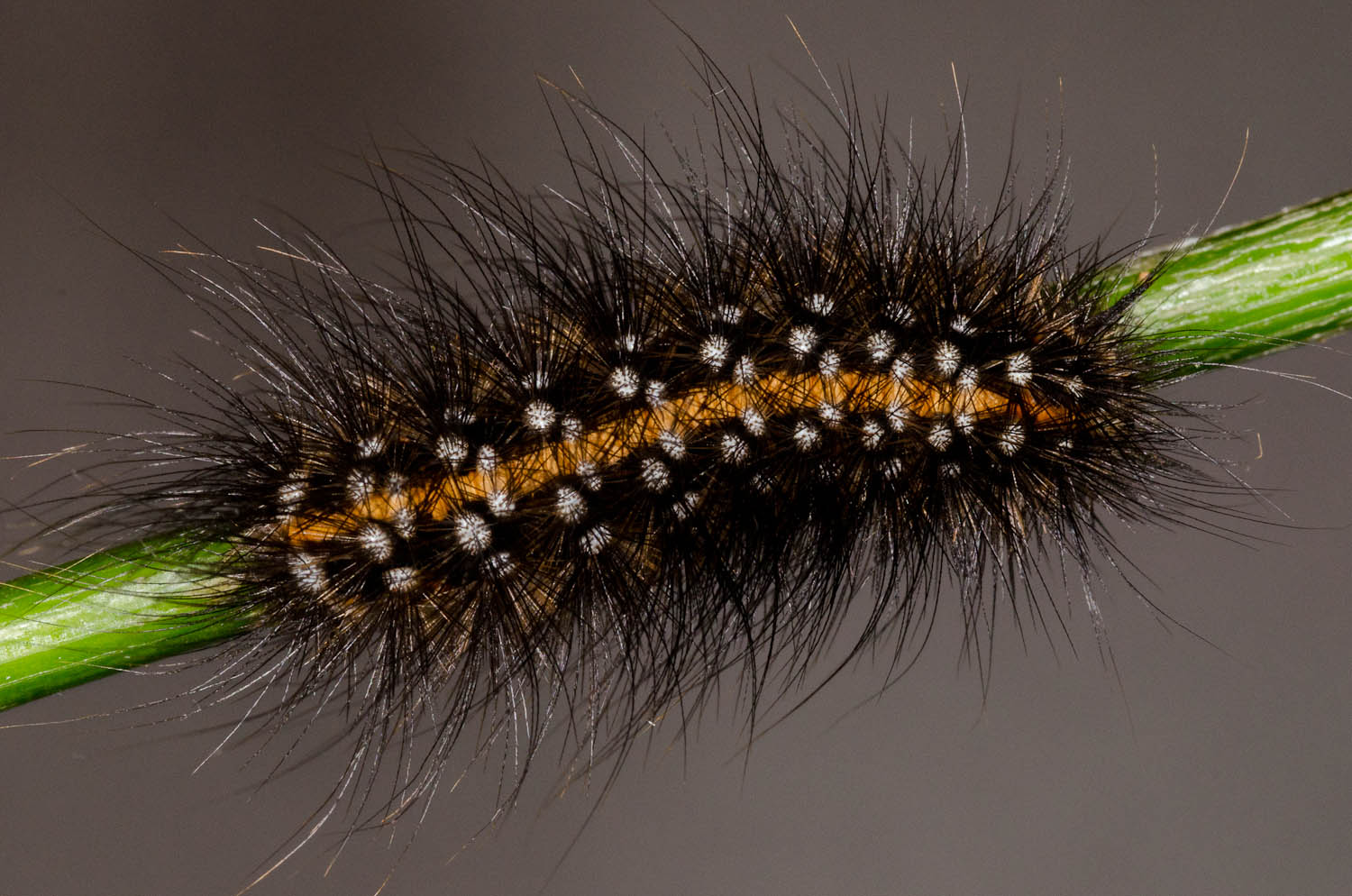

Add new comment